Welcome to the Nonprofit Founder's Guide: Navigating Nonprofit Boards 101
Congratulations, changemaker! You’ve taken the monumental step of establishing a nonprofit organization, complete with your hard-earned 501(c)(3) status. But wait, now what? Fear not, because we’re here to guide you through Step 1 of the Build a Nonprofit Success plan in the book “I Have My 501(c)3! Now What?!?” – a crucial step that involves understanding and engaging with nonprofit boards.
Demystifying Nonprofit Boards: What and Why?
So, what exactly is a nonprofit board, and why is it important? Think of your nonprofit board as your organization’s guiding compass. It’s a group of dedicated individuals who bring diverse skills, experience, and perspectives to the table to help steer your nonprofit in the right direction. These board members are your partners in achieving your mission and creating a positive impact.
But why bother with a nonprofit board, you ask? Well, other than your state and the IRS require one, here are a few key reasons:
- Expertise and Support: A well-structured board can provide expertise in areas where you need guidance, such as legal matters, financial management, marketing, and more. They’re like a team of mentors, ready to offer advice and support.
- Accountability: Having a board keeps your nonprofit accountable. They’ll help ensure you stay true to your mission and use your resources wisely.
- Connections and Resources: Board members often have networks and resources that can open doors for your organization. They can help you access partnerships, funding opportunities, and valuable connections.
- Long-Term Vision: A board can bring a fresh perspective and help you think strategically about the long-term goals of your nonprofit. They’ll help you plan for sustainable growth and impact.
Getting Started: Building Your Nonprofit Board
Now that you understand the “what” and “why” of nonprofit boards, it’s time to dive into the “how.” Here’s a step-by-step guide to building a strong and effective nonprofit board:
Step 1: Identify Skills and Expertise: Determine what skills and expertise your nonprofit needs. Do you need legal knowledge, financial management skills, or marketing prowess? Identify these gaps to help you select board members who can fill them.
Step 2: Recruit Diverse Members: Seek out individuals from diverse backgrounds who are passionate about your cause. Having a variety of perspectives can lead to more robust discussions and decisions.
Step 3: Set Clear Expectations: Communicate the roles and responsibilities of your board members. Let them know what’s expected of them regarding time commitment, fundraising efforts, and meeting participation.
Step 4: Foster Engagement: Create an environment where board members feel valued and engaged. Encourage open communication, listen to their ideas, and involve them in important decisions.
Step 5: Plan for Succession: Board terms are usually limited, so plan for continuity by establishing a process for selecting and onboarding new members when terms expire.
Step 6: Regular Evaluation: Periodically evaluate the performance of your board as a whole and its members. This will help ensure that everyone is aligned with the organization’s goals.
Remember, You’re Not Alone
Building and managing a nonprofit board might seem daunting, but remember you’re not alone in this journey. Your board members are here to support, guide, and collaborate with you. Keep the lines of communication open, remain flexible in adapting to changes, and always keep your mission at the forefront of your efforts.
So, founder, are you ready to harness the power of a well-functioning nonprofit board? With this roadmap in hand, you’re well on your way to steering your organization toward success, one board meeting at a time. Keep up the incredible work, and remember you’re making a difference in the world!
Resources to Help with Boards
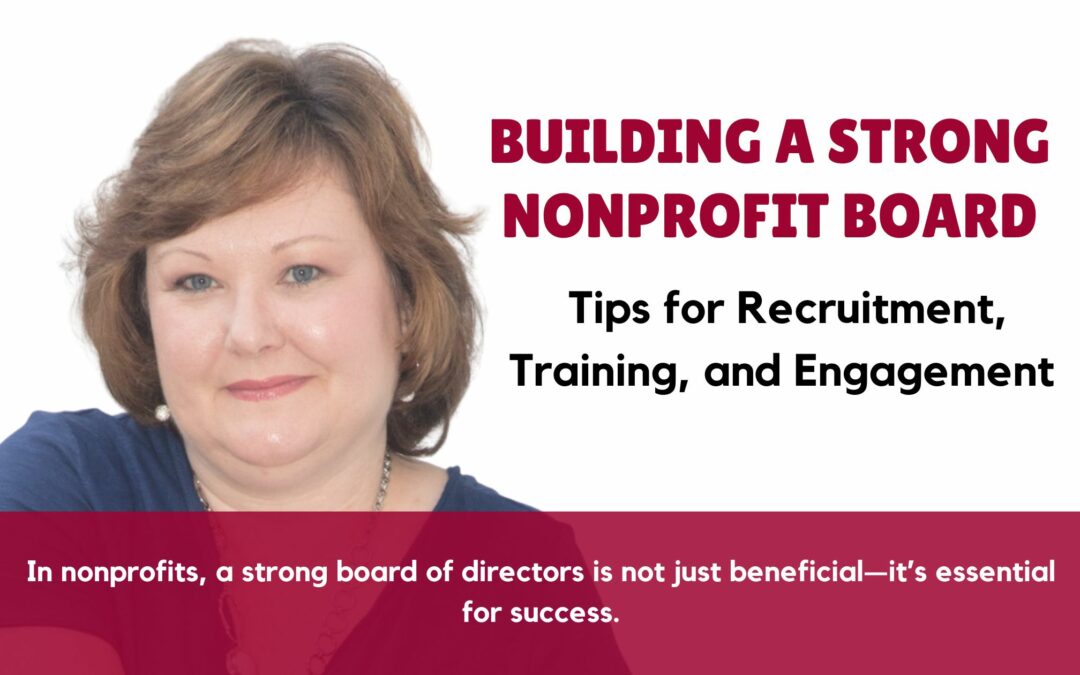
Build a Strong Nonprofit Board: Essential Tips
Learn to build a strong nonprofit board with tips on recruiting, training, and engagement. For more guidance, explore “I HAVE MY 501(C)3! NOW WHAT?!?” today!
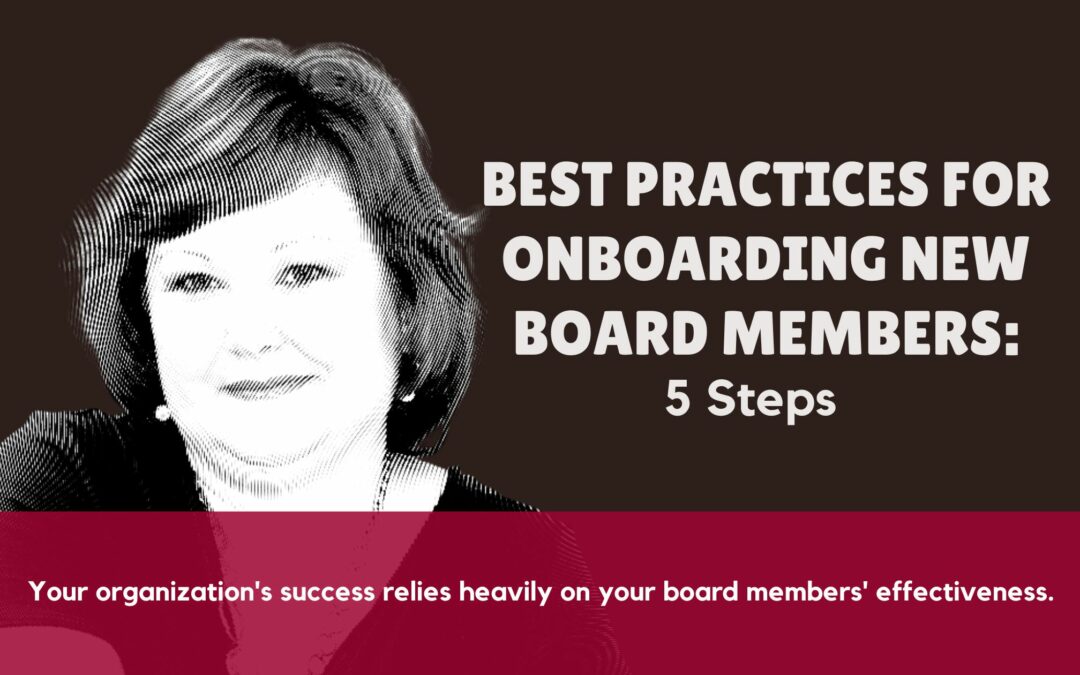
Best Practices for Onboarding New Board Members: 5 Steps
Discover top strategies for onboarding new board members to ensure they’re ready to contribute to your nonprofit’s success from day one.
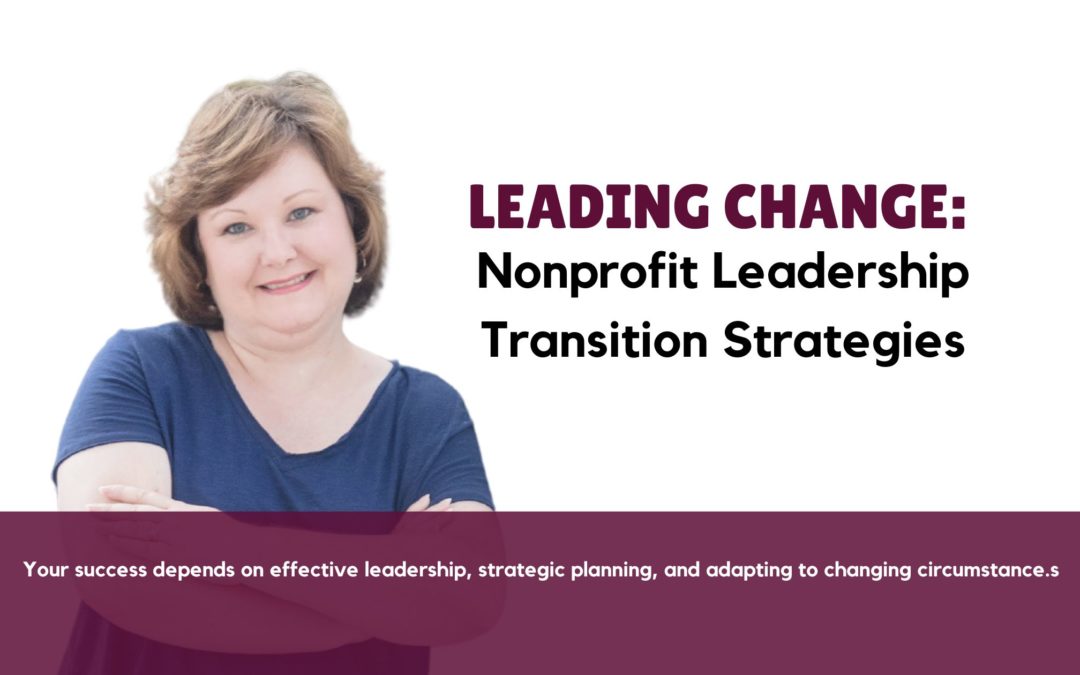
Leadership Transitions: Key Considerations for Nonprofits
Leading Change: Nonprofit Leadership Transition Strategies Nonprofit organizations are vital in addressing social, environmental, and humanitarian issues. Their success depends on effective leadership, strategic planning, and adapting to changing circumstances. One...
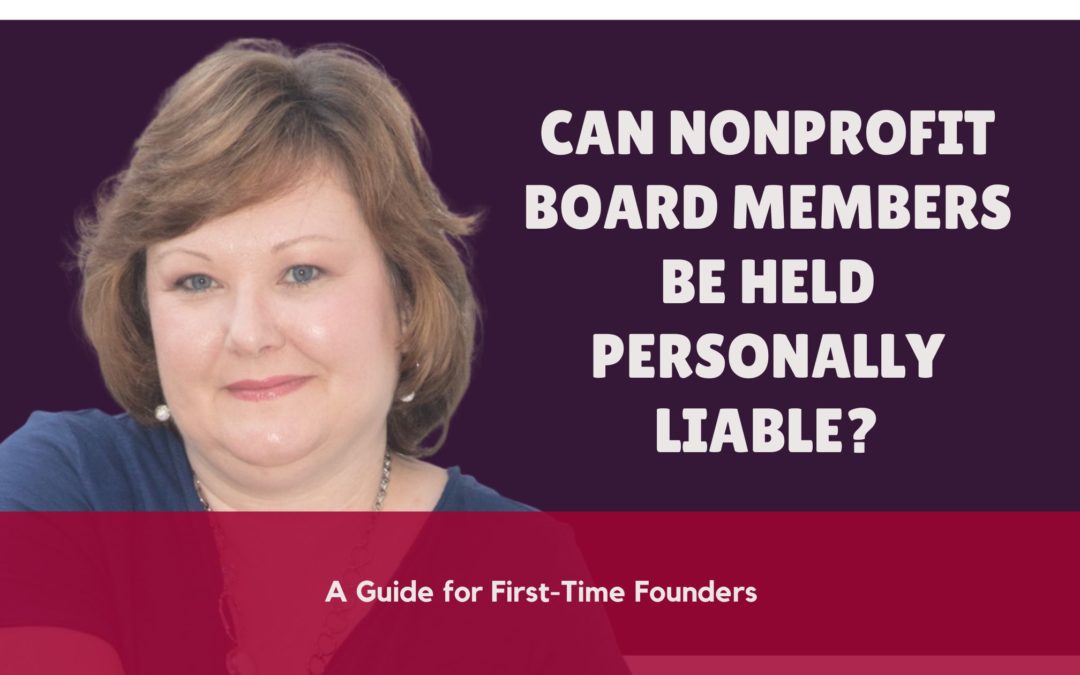
First-Time Founders: Personal Liability of Board Members
First-Time Founders: Board Members and Personal Liability Nonprofit organizations play a vital role in society, providing essential services and support to those in need. However, running a nonprofit has its challenges and one of the most critical aspects of ensuring...
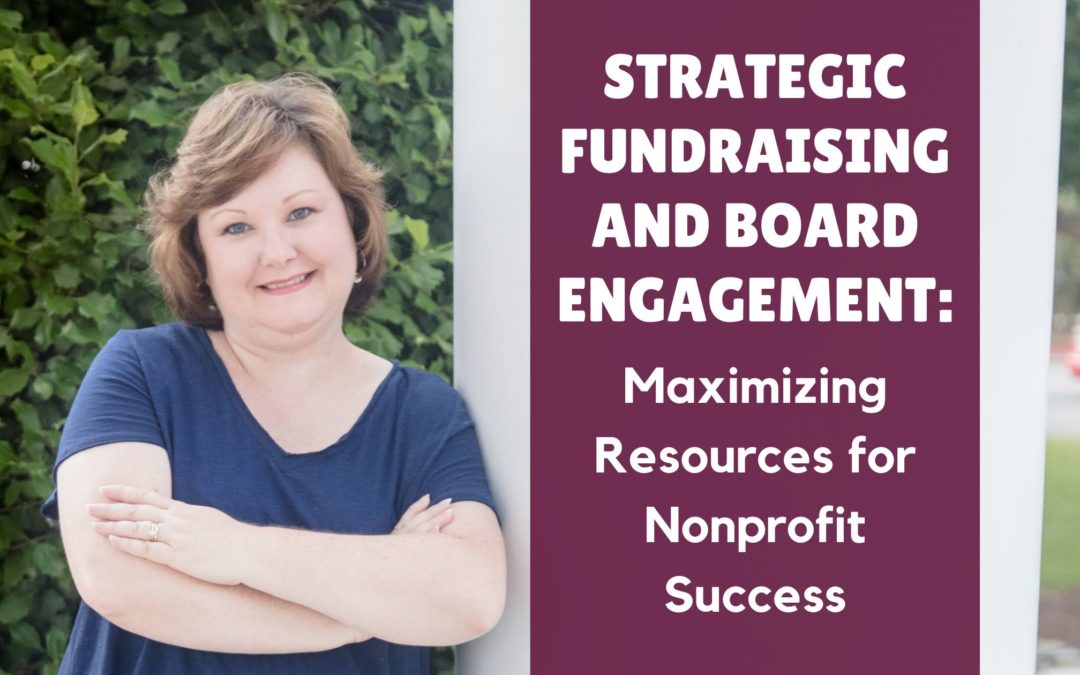
Strategic Fundraising: Maximize Nonprofit Success
Strategic Fundraising and Board Engagement: Maximizing Resources for Nonprofit Success Nonprofit organizations play a crucial role in addressing social issues, supporting communities, and positively impacting the world. However, nonprofits must have sustainable...
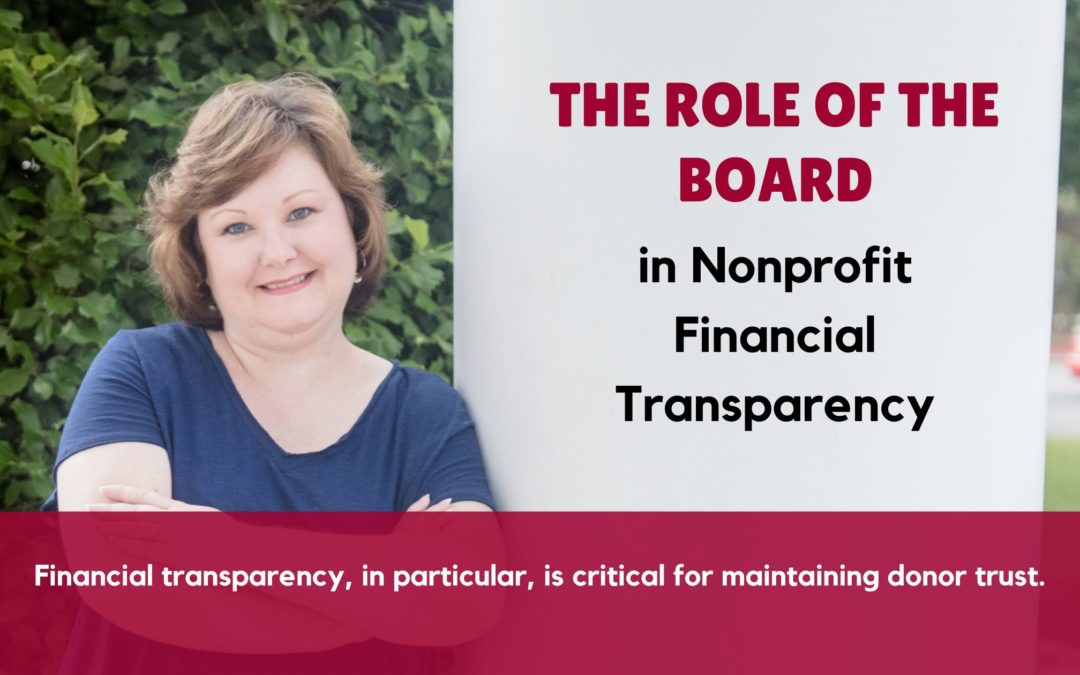
Financial Transparency for Nonprofits: Board Responsibility
The Role of the Board in Nonprofit Financial Transparency At the heart of every nonprofit organization lies a mission to positively impact society. As a nonprofit board member, you play a crucial role in ensuring that your organization stays true to its mission and...
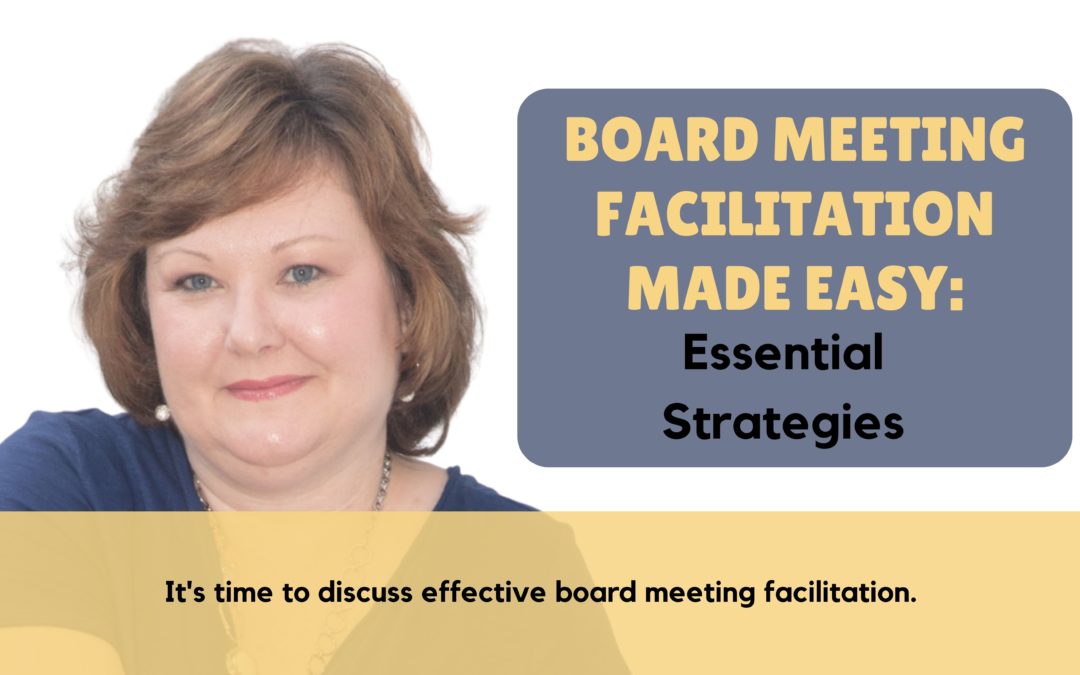
Essential Strategies for Board Meeting Facilitation
Board Meeting Facilitation Made Easy: Essential Strategies Are you feeling apprehensive about attending another uninteresting and unproductive board meeting?Do you feel your time is wasted and decisions are made without input? It's time to discuss effective board...

The Importance of Diversity and Inclusion in Board Building
The Power of Diversity and Inclusion in Board Development Nonprofit organizations are built around the idea of serving their communities and making a positive impact on society. But how can they effectively achieve these goals if their leadership does not represent...

Understanding Legal Responsibilities for Nonprofit Boards
Legal Responsibilities for Nonprofit Boards Nonprofit organizations play a crucial role in society, and their board's effectiveness often drives these organizations' success. As a nonprofit board member, you can make a difference in your community and beyond. However,...